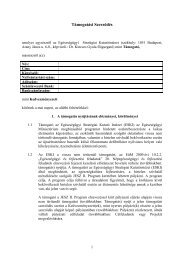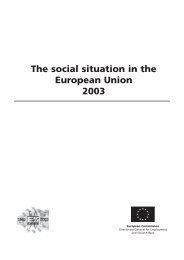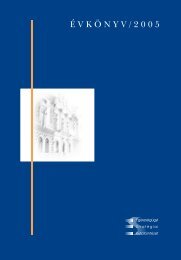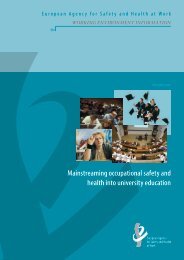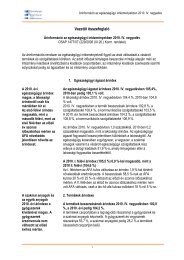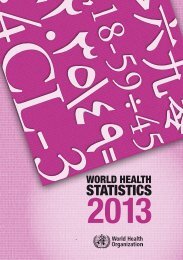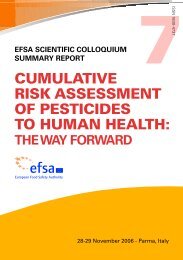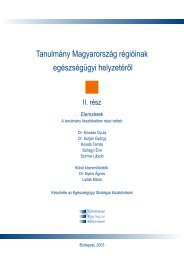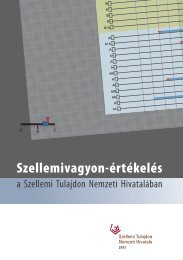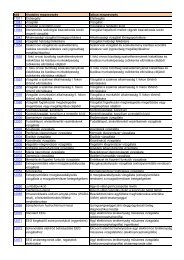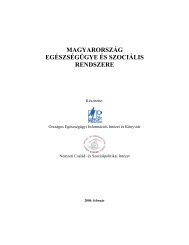WHO Technical Report Series, No. 981 - World Health Organization
WHO Technical Report Series, No. 981 - World Health Organization
WHO Technical Report Series, No. 981 - World Health Organization
Create successful ePaper yourself
Turn your PDF publications into a flip-book with our unique Google optimized e-Paper software.
Annex 2<br />
diagrams and appropriate records of the operation of the QRM activity. Such a<br />
comprehensive verification is independent of other verification procedures and<br />
should be performed to ensure that the QRM process is resulting in the control<br />
of the risks. If the results of the comprehensive verification identify deficiencies,<br />
the QRM process should be modified as necessary.<br />
Individuals doing verification should have appropriate technical expertise<br />
to perform this function.<br />
3.8 Risk communication and documentation<br />
Communication of the QRM process should include key stakeholders. Engaging<br />
the key stakeholders in both the data collection process for the risk assessment<br />
and the decision-making for risk control will ensure their commitment and<br />
support for the QRM. The output of the QRM process and associated risk<br />
analysis justifying the approach taken should be documented and endorsed by<br />
the organization’s quality unit and management. Additionally, this information<br />
should be communicated to stakeholders to keep them informed and to ensure<br />
their support.<br />
There should be a report for every risk assessment, but the level of effort,<br />
formality and documentation necessary will be commensurate with the level of<br />
risk (2).<br />
Regarding conclusions of a risk assessment, the mitigation controls<br />
should minimize the likelihood of risk to patient safety to an acceptable level of<br />
assurance, on the understanding that no risk whatsoever is unlikely in reality.<br />
The degree of risk tolerated very much depends on the circumstances, the<br />
proximity to the patient and other controls that might follow in response to the<br />
process being assessed before the product reaches the patient (2). It is expected<br />
that risk mitigation plans will be developed and implemented wherever any<br />
risk to patient safety is posed. Companies should take the holistic view and be<br />
mindful that critical issues often arise where multiple failures in systems occur<br />
together, so mitigation plans should be sufficiently robust to cover this scenario.<br />
Inspectors will assess whether risk assessments underrate the likelihood of<br />
occurrence and the consequences of overrating detection such that the patient<br />
risk is underestimated. The factual evidence behind statements should be robust<br />
to challenge by inspectors.<br />
All risk assessments performed by an organization should be documented.<br />
The documentation should list and track all key risks as perceived by the<br />
organization and summarize how the risks have been mitigated. There should<br />
be a clear reference to risk assessments and a list of risk assessments conducted<br />
should be maintained. A management process should be in place to review QRM<br />
– this may be incorporated into the quality management review process.<br />
75



